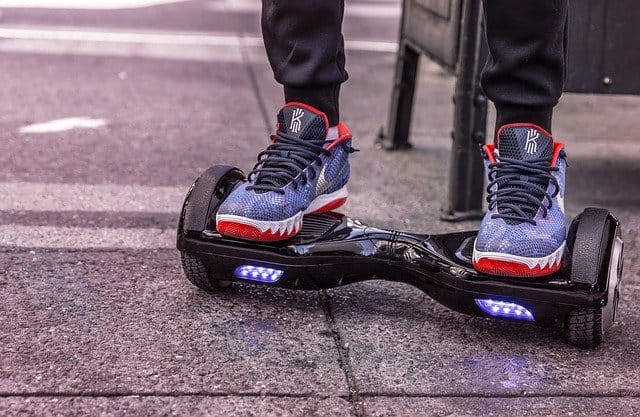Japanese engineers have learned to control human movements on a gyro scooter using a tablet and belt with inflatable inserts. When inflated, they cause an involuntary turn of the person because of the “hanger reflex”, so that the gyro scooter turns with it. The development will be presented at SIGGRAPH Asia 2019.
If you put a wire hanger on your head, the head starts to move involuntarily to the right or left, depending on how the hanger is located. At the domestic level, this effect is supposedly known for a long time, but a serious study of the reflex itself and its possible applications began only in 2008 when the group Japanese researchers led by an article describing a series of experiments. They found that the movement and pressure of the skin on two sides of the head are responsible for the movement, and pressure in the temporal region is more responsible for the reflex.
Researchers later found that a similar effect occurs when pressure is applied to other parts of the body, including the wrist and waist. Since the waist is much more convenient for fixing devices, they created a belt with four inflatable chambers, which allow creating pressure on the body in this part and thus control the rotation of a person.
In their new work, the researchers showed that the belt can be used to control a person on a hoverboard. To do this, the belt inflates the camera, causes the body to rotate, as well as tilting the legs in different directions. As an application, they suggest using a belt such as a stabilization system. Since the movement of the hoverboard depends on the person, it is more effective to control tilts to stabilize the entire system than just tilting the hoverboard.
For remote control, engineers created an autonomous belt control unit, allowing it to receive signals from the operator with a tablet and independently inflate the cameras. On the demo, you can see that a person is riding on the figure-eight highway thanks to external control. In addition, they showed a test version of the navigation system that allows you to autonomously move along a given route under the control of a belt.
This is not the first time that engineers use human reflexes in an unusual way. For example, in 2018, American researchers learned to quietly turn the user of a VR helmet using saccades (involuntary fast eye movements). During saccades, they slightly rotated the image on the helmet screens, after which the user involuntarily slightly rotated the body in the corresponding direction.
